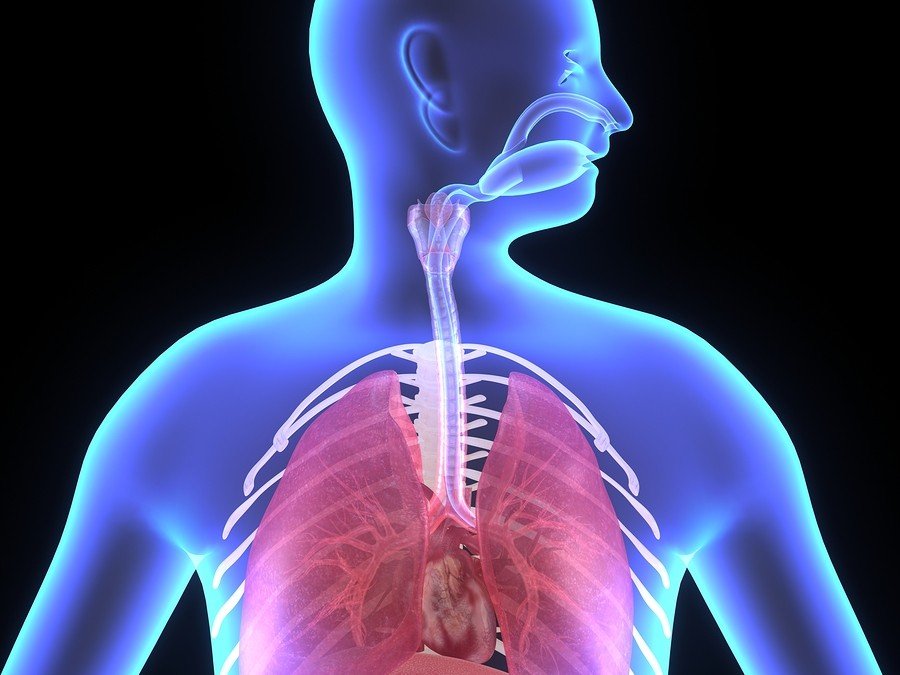Humans can survive a day or two without water, but only minutes without oxygen. Our breathing is a vital function that can easily be taken for granted as long as we have clean, well-oxygenated air to breath. Respiratory health of industrial workers is a very important aspect of a company’s successful safety program. Serious exposure risks can result from not having the right protection, including immediate death as well as long-term detrimental effects such as cancer, chronic obstructive pulmonary disease (COPD). Like your hearing, diminished lung capacity cannot be naturally restored.
According to OSHA, an estimated 5 million workers are required to wear respirators in 1.3 million workplaces throughout the United States. “Respirators protect workers against insufficient oxygen environments, harmful dusts, fogs, smokes, mists, gases, vapors, and sprays. These hazards may cause cancer, lung impairment, diseases, or death.” OSHA.
Establishing and maintaining an effective respirator protection program can be challenging. A comprehensive understanding of potential risk of exposure is critical to choosing the right respirator system. There is also a very personal component to selecting the respirator that provides an employee with maximum protection. First, the respirator type must be fitted to the face shape of the wearer and ensure a tight seal while the individual performs work-related tasks; this is often referred to as a ‘fit-test’. Second, the health and lung capacity of the individual must be medically evaluated prior to being allowed to use a respirator in the workplace. This is referred to as a pulmonary function test (PFT), the results of which must be evaluated and approved by a medical doctor.
The two main respiratory hazards include, inhalation of harmful contaminates and insufficient oxygen levels. Respirators protect employees by filtering particles from the air, purifying the air, or distributing clean air from a supplied source. To accomplish this, there are two main types of respirators: air-purifying and supplied-air.
Below are some respirator basics to help develop a better understanding of the types of protection available:
Air Purifying Respirators:
Air Purifying Respirators rely upon the cleaning and inhalation of ambient air.
Particulate Respirators:
These are the most simple, as well as least expensive respirators provided. However, this also means that they are the least preventative as they only protect against inhalation of particles such dust. They do not protect against gaseous or chemical hazards, nor do they protect in low oxygenated environments.
Chemical Cartridge/Gas Mask Respirator:
These respirators filter and clean chemical gases from the air while you breathe. These also do not protect in low oxygenated environments.
Many manufactures produce contaminate cartridges that can be ‘mated’ or ‘stacked’ together to provide the appropriate protection according to the relevant hazard. For example particulate cartridges can be attached to acid gas cartridges to expand the protection range.
Supplied Air Respirators:
Supplied Air Respirators supply breathing air to the wearer from a supply source such as an air tank or compressor system. Supplied air systems protect the employee from both harmful contaminants and oxygen-deficient environments, providing the maximum protection.
Airline Respirators:
Airline Respirators are connected by a supply hose to an air compressor or air pump which provides unlimited supply of air as long as the compressor operates. They can also be connected to a series of large air supply tanks which provide many hours of air.
Self-Contained Breathing Apparatus (SCBA):
SCBA’s are portable, self-sustaining respirator systems that supply breathing air to the wearer from an air-supply tank carried by the user. This type of system is typical of what firefighters wear. The air-supply bottle only holds a finite amount of breathing air.
It is important to note that contaminants can still be absorbed through exposed skin, posing a hazard despite the use of a respirator.
As part of our new hire work-ready program Key Safety can provide the appropriate respirator system as well as facilitate the employee’s fit-test and PFT. Contact us today to discuss how we can help manage your respiratory protection program.





